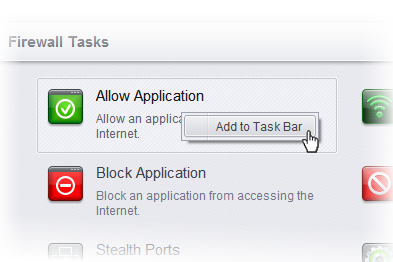

The biggest limitation of clientless ZTNA is that it only supports cloud-based applications. So, if a security issue is detected, a file can be sent to the sandbox or quarantine can be requested. And, you can perform application firewalling within the agent. They launch the app they want to access and the client-based agent works in the background to connect securely.įrom an IT standpoint, client based ZTNA offers better visibility and control of devices. Using an agent like FortiClient makes the ZTNA user experience seamless.


With a ZTNA agent, a piece of software is loaded on a device, such as FortiClient loaded on your laptop. Hybrid networks that include both on-premises and cloud environments are the new norm because cloud is good for flexible, non-predictable workloads, and on-premises works well for stable workloads and offers better total cost of ownership. For a variety of reasons, many organizations don't just have cloud-only deployments or a traditional data center network. With a client-based solution, ZTNA works whether you're accessing cloud-based or on-premises resources. The biggest advantage of client based ZTNA is the converse of the clientless approach. Clientless ZTNA uses a browser plug-in to create a secure tunnel and perform the device assessment and posture check. The biggest difference from client-initiated ZTNA is that it doesn't require an endpoint agent. The service-initiated or "clientless" ZTNA model uses a reverse-proxy architecture. Sometimes called endpoint-initiated ZTNA, the client-initiated ZTNA model uses an agent on a device to create a secure tunnel. Vendors have adopted two primary approaches to implementing ZTNA in their products and services: client-initiated and service-initiated. What is Client and Clientless ZTNA?Īlthough ZTNA is commonly thought of as a cloud-only feature or part of a SASE solution, that perception is incorrect. It simplifies secure connectivity, providing seamless access to applications no matter where the user or the application may be located. Zero-trust network access (ZTNA) is the next evolution of VPN remote access.


 0 kommentar(er)
0 kommentar(er)
